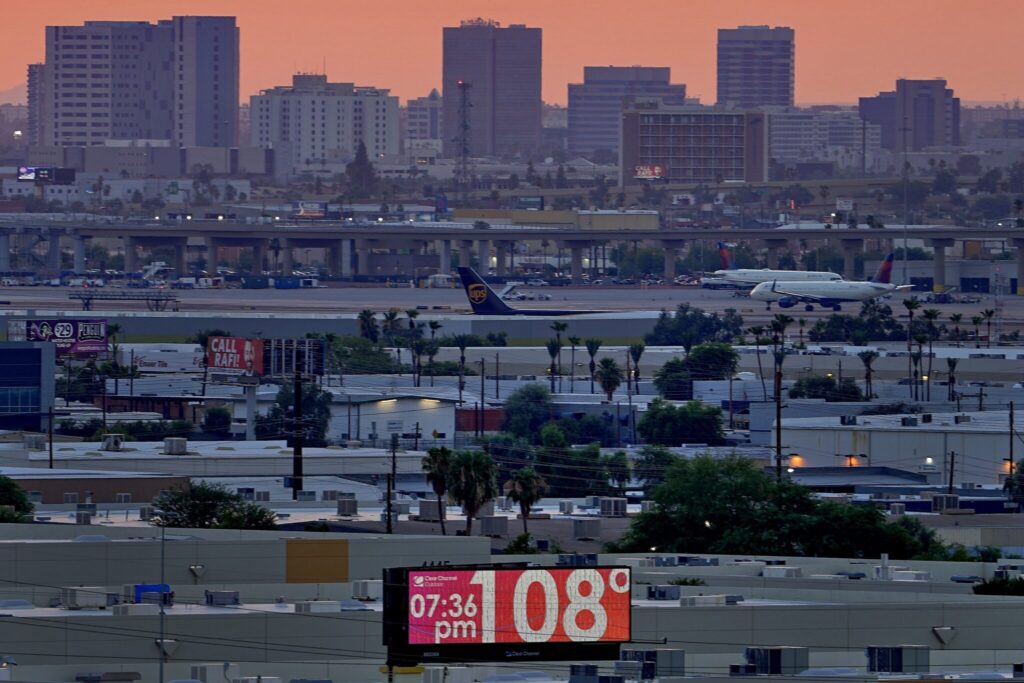As climate change ratchets up temperatures across the U.S., millions of the poorest Americans grapple with the same agonizing decisions — between perilous indoor heat or paying costly bills. While President Joe Biden has invested billions into federal programs that subsidize the poorest Americans’ energy costs, the money reaches only a fraction of the most vulnerable during the sweltering summer months. Nationwide, nearly 30 million American households struggle to pay their energy bills and qualify for the subsidy, but less than 3% receive it for their summer bills, according to the latest, preliminary federal data. the Associated Press has the story:
Millions of Americans struggle to pay AC bills in heat waves
Newslooks- DENVER (AP)
Bobbie Boyd is in a losing battle against near triple-digit temperatures in northwest Arkansas. Her window air conditioner runs nonstop and the ballooning electric bill carves about $240 out of her $882-a-month fixed income. So the 57-year-old cuts other necessities.
Boyd eats one meal a day so her 15-year-old grandson, who she’s raising alone, can have two. She stopped paying car insurance and skips medical appointments.
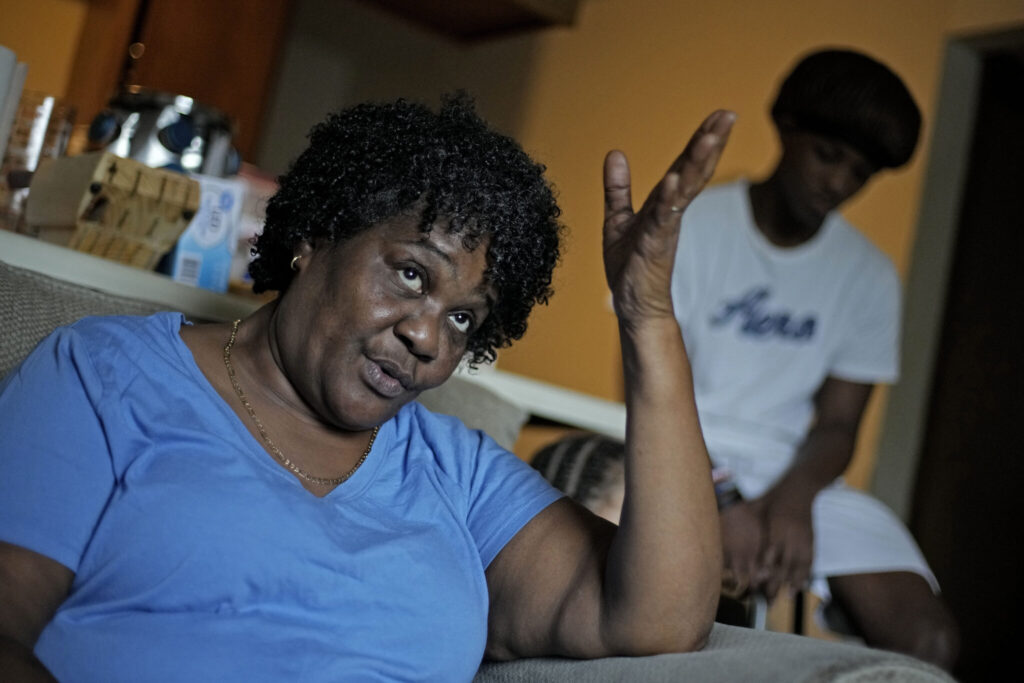
“The rent and the light bill. And I’m broke,” said Boyd, who needs the cooling to stave off her heat-induced asthma attacks.
As climate change ratchets up temperatures across the U.S., millions of the poorest Americans grapple with the same agonizing decisions as Boyd — between perilous indoor heat or paying costly bills. While President Joe Biden has invested billions into federal programs that subsidize the poorest Americans’ energy costs, the money reaches only a fraction of the most vulnerable during the sweltering summer months.
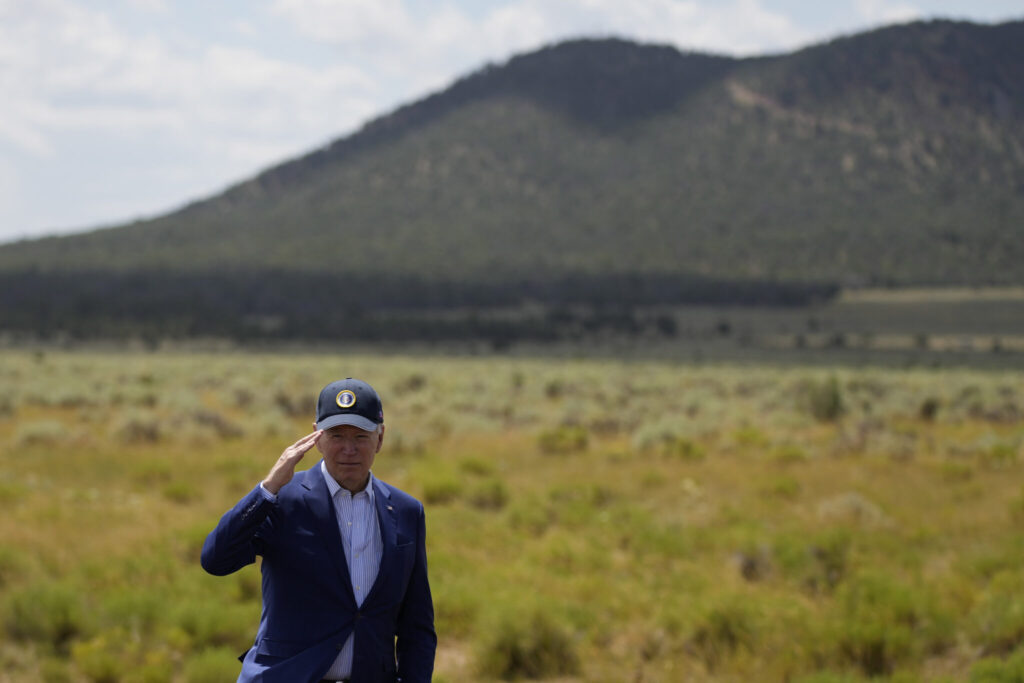
Nationwide, nearly 30 million American households struggle to pay their energy bills and qualify for the subsidy, but less than 3% receive it for their summer bills, according to the latest, preliminary federal data.
Compared to food stamps, which reach over 80% of the eligible population nationwide, the Low Income Home Energy Assistance Program, or LIHEAP, falls far short even as climate change helped make July Earth’s hottest month on record and air conditioning becomes a means of survival.
That’s because most states run out of their federal funding every year, according to the Department of Health and Human Services, which oversees the program.
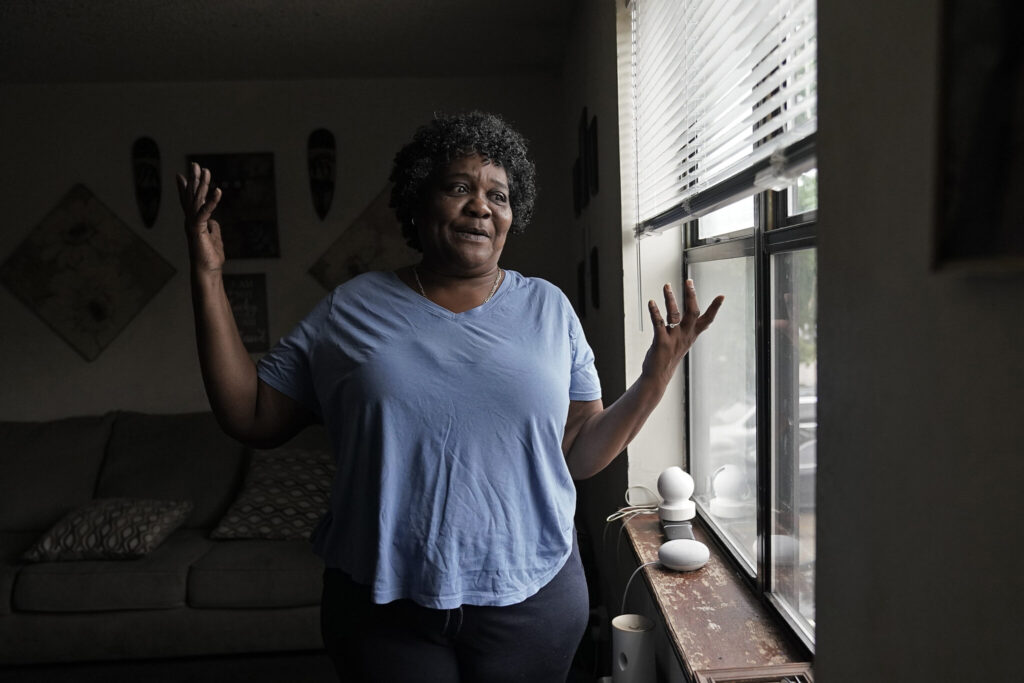
“We’re likely to see the energy insecure population grow unless we have some pretty significant and substantial government intervention,” said Michelle Graff, who studies the federal subsidy at Cleveland State University.
As it stands, many states don’t even offer the assistance for summer months, and those that do often run out of funds before the hottest days roll around. The program was founded decades ago with a focus on winter heating bills and has been slow to adapt to climate change’s hotter summers.
Biden has promoted LIHEAP as “crucial for low-income families to help with their energy bills,” saying last week that during the sweltering summer, “even when the heat is over, many of our families may see their largest-ever energy bill.”
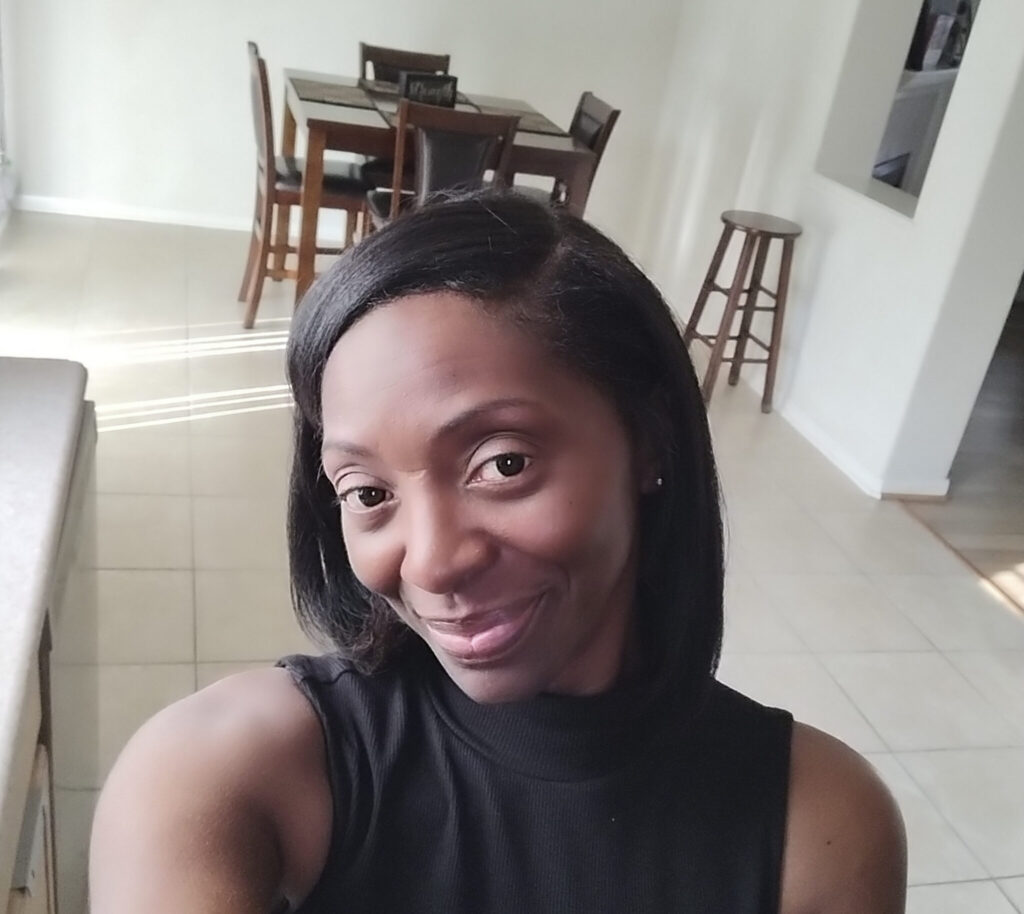
On a visit Tuesday, Biden told a crowd north of Phoenix — where residents endured 31 straight days above 110 degrees in which at least 18 people died indoors without air conditioning — that “extreme heat is America’s No. 1 weather-related killer.”
Still, in Arizona, the nation’s hottest state where roughly 650,000 low-income households qualify for the federal energy help for cooling assistance, only about 11,600 actually received it, according to the federal data.
Samira Burns, a Health and Human Services official, said in a statement that the Biden administration doubled the LIHEAP budget through the American Rescue Plan and that HHS has updated guidance to help states target support during extreme heat.
“The Biden-Harris Administration has prioritized ensuring that eligible households seek and receive the utility assistance they need,” she said. “We know we must continue to do all that we can.”
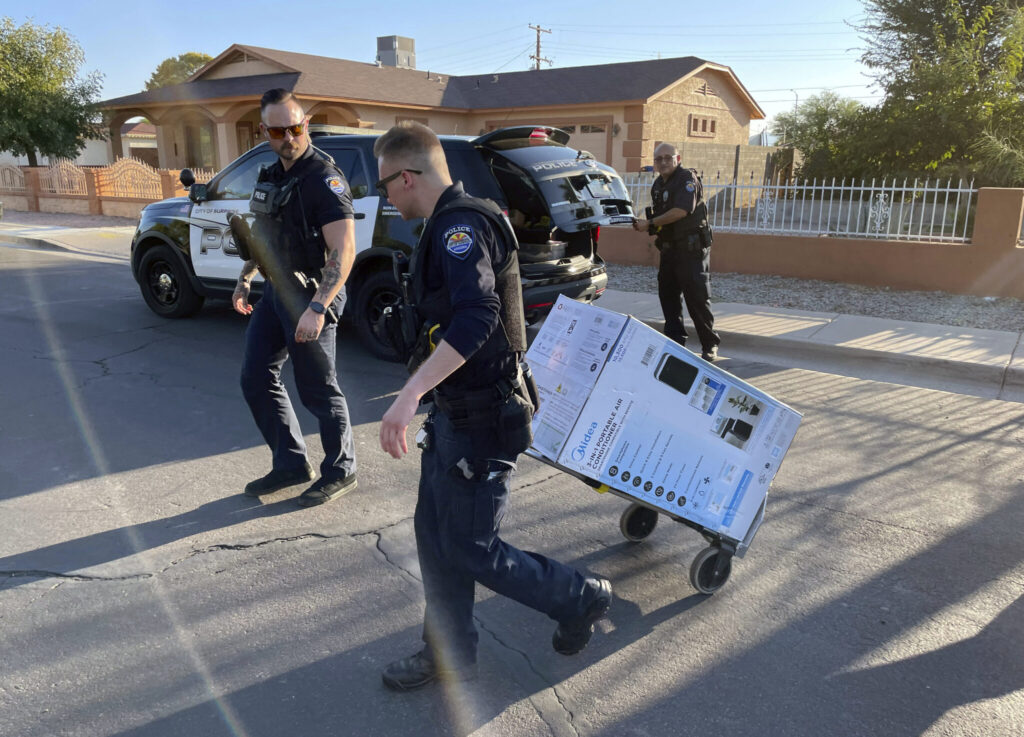
Just outside Phoenix five years ago, the death of 72-year-old Stephanie Pullman on a sweltering day after her electricity was cut off because of a $51 unpaid bill brought attention to the danger heat poses to people who are energy insecure.
While Arizona power companies are now banned from cutting off customers during the hottest months, last year nearly 3 million people had their power disconnected for failing to pay bills — a third within the three hottest summer months, according to data collected by the Energy Justice Lab.
“In the more extreme, but not at all rare circumstance, the risk is death,” said Sanya Carley, who studies energy policy at the University of Pennsylvania and is co-director of the Energy Justice Lab.
When Candace Griffin of Houston, Texas, received disconnection notices this summer, she scrambled to keep the electricity flowing by seeking nonprofit assistance to pay monthly bills that surpassed $400. There wasn’t anywhere else to pull extra money from.
“I have to pay the energy bill, I have to have lights, I have to have AC,” the 51-year-old said. And, “I have to eat.”
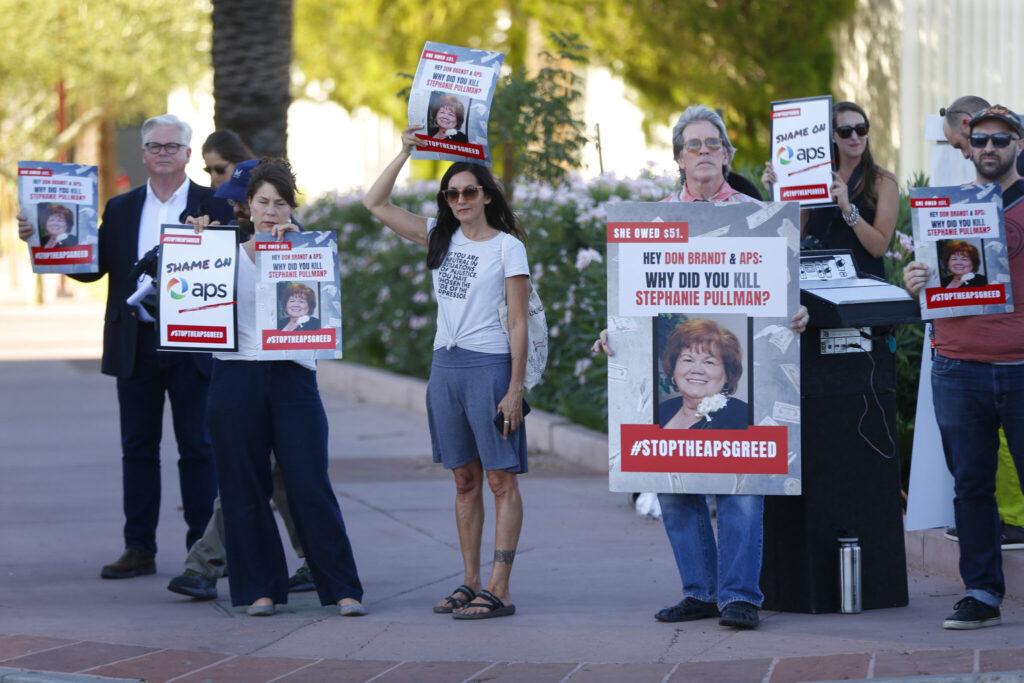
The poorest Americans and minority communities already live in hotter neighborhoods and many suffer without air conditioning at all. While there are tax credits and rebates to help install air conditioning, most remain out of reach for impoverished households.
But even with air conditioning, those with the lowest incomes face higher costs than their wealthier counterparts — in part because they are more likely to live in older, less insulated and drafty homes.
Energy insecure households paid 20 cents more per square-foot for energy usage than the national average, according to the U.S. Energy Information Administration.
The federal Weatherization Assistance Program helps shore up low-income homes to make them better insulated, less leaky and reduce reliance on air conditioning and heating altogether. Still, while almost 40 million low-income households are eligible, only about 35,000 households get the help each year, according to the U.S. Department of Energy.
“It’s because, just, lack of funds,” said Bruce Tonn, who studies the program at a Tennessee research nonprofit. Biden has since infused billions into the program, investments he touted Tuesday.
The program is critical because it reduces energy bills, which tip roughly a quarter of low-income households into debt, according to Carley of the Energy Justice Lab. And, if electricity is disconnected, costs just add up. The fridge warms and the food goes bad; utility companies charge hefty reconnection fees.
“It becomes very, very difficult for them to dig out and to be able to … pay their next energy bill,” said Carley, who added that about half of households who are disconnected have been disconnected before.
National nonprofits, including the The Salvation Army and Catholic Charities, offer emergency financial aid, which thousands rely upon, especially since LIHEAP requires a multi-step application every year.
Vivian Romero, who is raising two teenage granddaughters outside Phoenix, has used federal LIHEAP money in the past to pay her electric bill, before the family experienced a few months of homelessness.
But Romero hadn’t reupped her request for LIHEAP this year, so to pay her $314 June power bill she looked to Catholic Charities, which wrote a check.
Still, nonprofits often can only provide relief once a year, said Romero, adding she will reapply for LIHEAP help. “The Catholic Charities funding was a one-time thing.”
In Arkansas, Boyd recently got a disconnection notice if she didn’t pay the electric bill after receiving an extension. Last time her power got shut off, she and her grandson slept in the car. This time, The Salvation Army kept Boyd from being disconnected.
Boyd doesn’t receive LIHEAP; she didn’t even know that the financial aid was available.
“The only thing between me and the sun is the roof,” she said.

